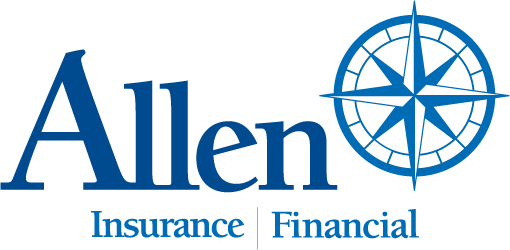You’ve planned, saved, and waited for retirement for years. When the time to stop working finally arrives, what will you do? You may be surprised to learn that many people go back to work.
People make this choice for a few different reasons. Some need the money, others crave social interaction, and some miss working for a goal or cause about which they’re passionate. Whether your motivation falls into one of these categories or a different one, following are questions to ask yourself before deciding to start working again after you retire.
Do You Need the Money?
Many Americans lack the necessary savings to maintain the same lifestyle in retirement that they had when employed. Others underestimate how long they’ll live after retirement and don’t have enough saved to last the rest of their lives. One obvious benefit of going back to work is earned income.
Given the current inflation rate and rising interest rates, it makes sense that many retirees return to work because they need money. But adding income doesn’t just affect your bank account and spending capacity. It also has ramifications on your social security payments, health benefits, and pension.
Social security. If you’ve reached full retirement age (66 or 67, depending on when you were born), additional income from a job won’t reduce your social security benefits. If you’ve opted to start collecting social security before your full retirement age, however, there is a limit on how much you can earn without having your benefits reduced. The limit in 2023 is $21,240. If you earn more than that at your job, you will have $1 withheld from benefits for every $2 over the limit. Thankfully, once you reach full retirement age, that money will come back to you in the form of a higher check each month.
Health benefits. Once you turn 65, you qualify for Medicare. But earning additional income could push you to a higher tax bracket and, therefore, increase your Medicare premiums. If you’re able to get medical coverage through your job, that might provide a more affordable option. You can then reenroll in Medicare later, though that comes with rules and deadlines you’ll need to be aware of. The bottom line: Do your research on how working after retirement will affect your health benefits. Speak to a Medicare representative and/or benefits advisor at your company.
Pension. If you work for someone other than your original employer, your pension benefit won’t be affected—you can work, receive a salary from your new employer, and also receive your pension benefit from your original employer. If, however, you continue to work past your retirement date for the same employer or you retire and then return to work for that employer, your pension may be affected in various ways.
Different plans have different stipulations regarding working and receiving your pension, so it’s best to ask your company’s plan administrator what your plan says. It’s possible you can still receive your pension even if you continue to work. Other plans might suspend your pension while you work but will increase your payment when benefits resume to make up for the suspension. There are some plans in which you’d forfeit the pension benefits during the time you’re working. Find out what the rules are for your company’s plan so you don’t unexpectedly lose benefits.
Do You Miss Your Coworkers?
Even if you don’t need the extra income, you might miss the social interactions that come with a job. Or you might crave the mental stimulation from solving problems and working toward set goals. If your career was a passion, you might have a strong desire to continue working in that field after retirement. In these cases, you should still consider the financial effects of returning to work, but there are also nonmonetary factors to think about.
Work-life balance. If money isn’t an issue, consider a part-time or flexible-schedule job. Freelancing or consulting will give you control over your time and allow you to maintain a healthy work-life balance. Tap into a hobby or passion to find a job you will enjoy. These types of roles can provide a purpose, activity, and goals—and likely won’t feel as demanding as full-time work.
Health and well-being. The mental and physical toll of working is worth considering, too. If you’ve taken a break from your career due to retirement and you miss it, you might be forgetting stress or physical demands that came with the job. Be sure to assess the psychological and physical impacts of returning to work to ensure that your overall well-being isn’t compromised.
Deciding to work after retirement is a personal choice that should be based on individual circumstances and preferences. It offers the opportunity for financial security, mental stimulation, and passion pursuit; however, it also carries the risks of reduced leisure time, potential health challenges, and impacts on retirement benefits. It’s important to carefully weigh the pros and cons to make an informed decision that aligns with the retirement lifestyle you seek.As always, we’re available to advise you on retirement planning and the best course of action based on your personal goals and financial situation. Feel free to reach out to our office to discuss the option of working after retirement.
© 2023 Commonwealth Financial Network®






